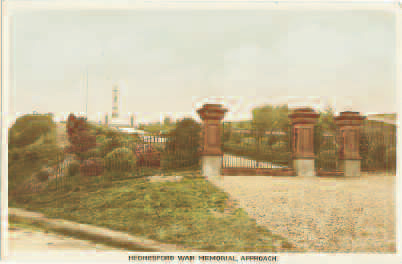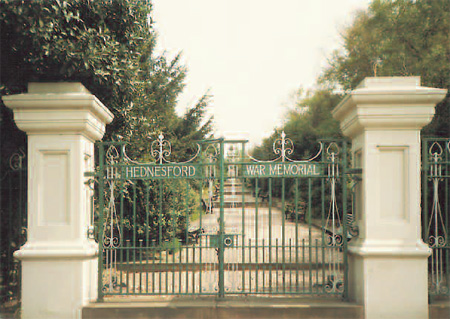
| Hednesford Park |
|
Hednesford Park From pool… The whole of Hednesford Park was once Hednesford Pool, a large body of water that covered 27 acres of land. The 1834 edition of White’s History Gazetteer & Directory of Staffordshire tells us that the pool abounded in pike, perch and roach. In 1874 a coal mine was opened on the opposite side of the road in a valley behind Cockpit Hill on Hednesford Hills (a few hundred metres away). It became known as the Valley Pit but was originally called the Pool Pit because the pool still remained. However, in order to prevent the mine flooding, the colliery company diverted the brook that fed the pool. As a result the pool began to dry up and by 1900 it had dried up completely. …to park The new park had two bowling greens, eight tennis courts, putting greens, a cricket pitch and a pavilion with changing facilities. Although the putting greens and cricket pitch have now gone and the original pavilion has since been replaced, the park remains largely unchanged. The information about the park has been provided Hednesford War Memorial At a committee meeting on 31 May 1920, three suggestions for ways of commemorating the war dead were made. A monument on Hednesford Hills
|
On 24 September 1920, after Hednesford Hills had
been chosen as the desired location, the Marquis of
Anglesey gave two acres of land along the Rugeley
The memorial is approximately 8.5m high and bears a bronze inverted
sword with sprays of olive and palm. At its base are four bronze laurel
wreaths that are inscribed with the names of 234 men who fell during the
Great War. The front tablet reads To the glorious and immortal memory of
the gallant men of Hednesford and district who made the supreme
sacrifice in the cause of liberty 1914-1918.
|
Cannock Chase Heritage Trail Kiosk Disclaimer





